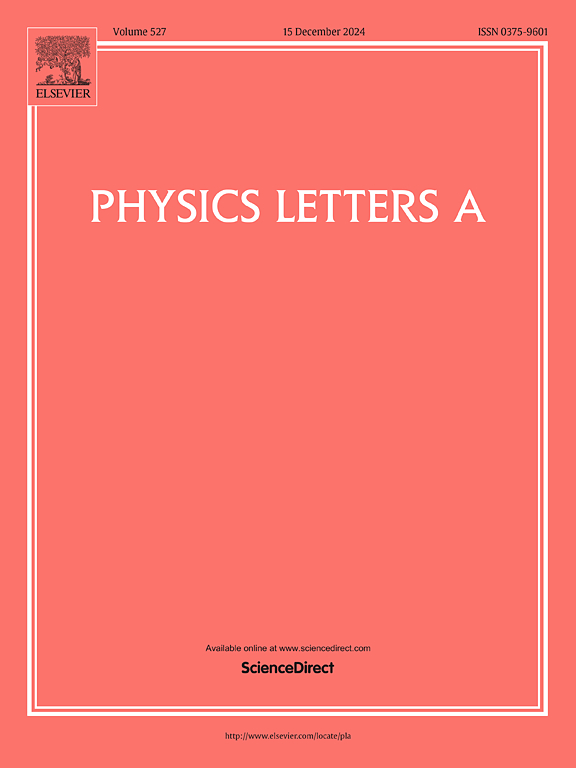State-selective single- and double-electron capture in intermediate-energy in C4+ + He Collisions
IF 2.3
3区 物理与天体物理
Q2 PHYSICS, MULTIDISCIPLINARY
引用次数: 0
Abstract
The charge exchange (CX) collision cross sections of highly charged ions (HCIs) and neutral atoms play a crucial role in fundamental and applied physics. An experimental study on single- and double-electron capture (SEC and DEC) processes for C4+(1s2) - He in collision energy between 2.3 and 33.3 keV u-1 was performed via the cold-target recoil-ion momentum spectroscopy (COLTRIMS) apparatus at Fudan University. For SEC, the measurement showed an increasing tendency of electrons to be captured into higher-n states because of the opening of new CX channels with the rise of impact energy. In the measurement of DEC, a similar gradually increasing trend was recognized from the contribution of highly excited states. A turning point was identified where the impact energy is around 20 keV u-1, beyond which the contribution of DEC to the ground state 2s2 became minimal, while that from higher excited states became dominant. In addition, we also found significant contributions to DEC arising from asymmetric configurations. This might be linked to the vital role that electron-electron interaction plays in the formation of asymmetric configurations, as described by the two-active-electron semiclassical atomic-orbital close-coupling theory. These observations serve as experimental benchmarks for theoretical calculations and plasma spectral analysis in various environments.
C4+ + He碰撞中能态选择性单电子和双电子捕获
高电荷离子(HCIs)和中性原子的电荷交换(CX)碰撞截面在基础物理学和应用物理学中起着至关重要的作用。复旦大学利用冷靶反冲离子动量谱仪(COLTRIMS)对碰撞能量在 2.3 至 33.3 keV u-1 之间的 C4+(1s2) - He 的单电子俘获和双电子俘获(SEC 和 DEC)过程进行了实验研究。对于 SEC,测量结果表明,由于新的 CX 通道随着撞击能量的增加而打开,电子被俘获到更高的 n 态的趋势越来越明显。在 DEC 的测量中,高激发态的贡献也显示出类似的逐渐增加趋势。我们发现了一个转折点,即撞击能量在 20 keV u-1 左右时,DEC 对基态 2s2 的贡献变得微乎其微,而来自高激发态的贡献则占据主导地位。此外,我们还发现不对称构型对 DEC 的贡献也很大。这可能与双活泼电子半经典原子轨道紧密耦合理论所描述的电子-电子相互作用在不对称构型形成过程中所起的重要作用有关。这些观测结果可作为各种环境下理论计算和等离子体光谱分析的实验基准。
本文章由计算机程序翻译,如有差异,请以英文原文为准。
求助全文
约1分钟内获得全文
求助全文
来源期刊

Physics Letters A
物理-物理:综合
CiteScore
5.10
自引率
3.80%
发文量
493
审稿时长
30 days
期刊介绍:
Physics Letters A offers an exciting publication outlet for novel and frontier physics. It encourages the submission of new research on: condensed matter physics, theoretical physics, nonlinear science, statistical physics, mathematical and computational physics, general and cross-disciplinary physics (including foundations), atomic, molecular and cluster physics, plasma and fluid physics, optical physics, biological physics and nanoscience. No articles on High Energy and Nuclear Physics are published in Physics Letters A. The journal''s high standard and wide dissemination ensures a broad readership amongst the physics community. Rapid publication times and flexible length restrictions give Physics Letters A the edge over other journals in the field.
 求助内容:
求助内容: 应助结果提醒方式:
应助结果提醒方式:


